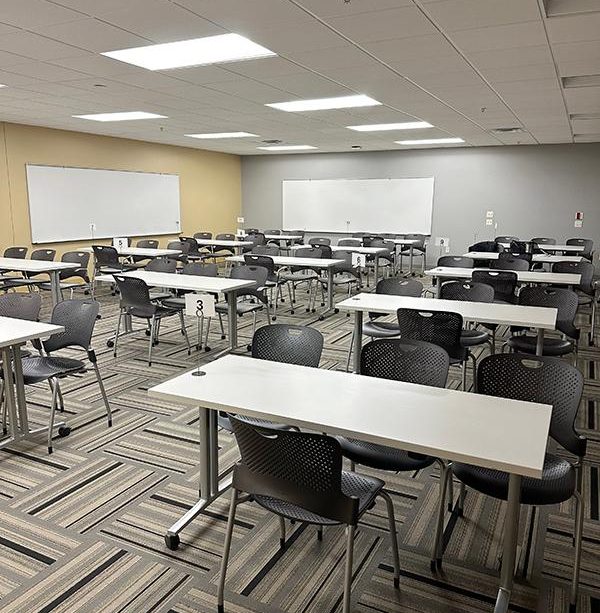The Vital Role of Classrooms in Modern Education

Introduction
Classrooms have long been the cornerstone of educational environments where students come to learn, collaborate, and grow. As the world progresses into a more digital age, the traditional classroom is evolving. Understanding the importance of classrooms in promoting effective learning is essential for educators, parents, and policymakers alike.
The Changing Dynamics of Classrooms
In recent years, classrooms have shifted from rigid, teacher-centered spaces to more flexible and student-focused environments. This transformation has been amplified by advancements in technology, which have allowed for the integration of digital tools in teaching. According to a report from the Department of Education, approximately 80% of teachers have started using some form of digital technology to enhance learning experiences.
Moreover, the COVID-19 pandemic prompted a major re-evaluation of learning spaces. Remote education proved that learning could occur outside traditional classrooms; however, the resilience of face-to-face interaction highlighted the classroom’s irreplaceable value. Educators have since recognised the need for hybrid learning models that incorporate both in-person and online methodologies.
Key Elements of a Successful Classroom
Research shows that certain characteristics significantly contribute to an effective classroom environment. A well-structured classroom fosters not only academic achievement but also social and emotional learning. Elements such as:
- Collaboration: Encouraging group work enhances communication skills and builds community.
- Flexibility: Adaptable seating and layouts cater to diverse learning styles.
- Inclusivity: Classrooms that celebrate diversity prepare students for global citizenship.
Additionally, effective classroom management techniques help maintain a supportive learning atmosphere, critical for students’ development. For example, a study published by the Institute of Education Sciences indicates that classrooms with high engagement levels see improved attendance and academic performance.
Conclusion
The relevance of classrooms in education cannot be understated. As we continue to navigate new educational challenges, ensuring that classrooms evolve to meet the needs of all students will be imperative. Investment in infrastructure, teacher training, and integration of technology in classrooms can drastically enhance the learning experience. Looking ahead, the classroom will remain a pivotal institution as we strive to prepare future generations for a complex, interconnected world.







